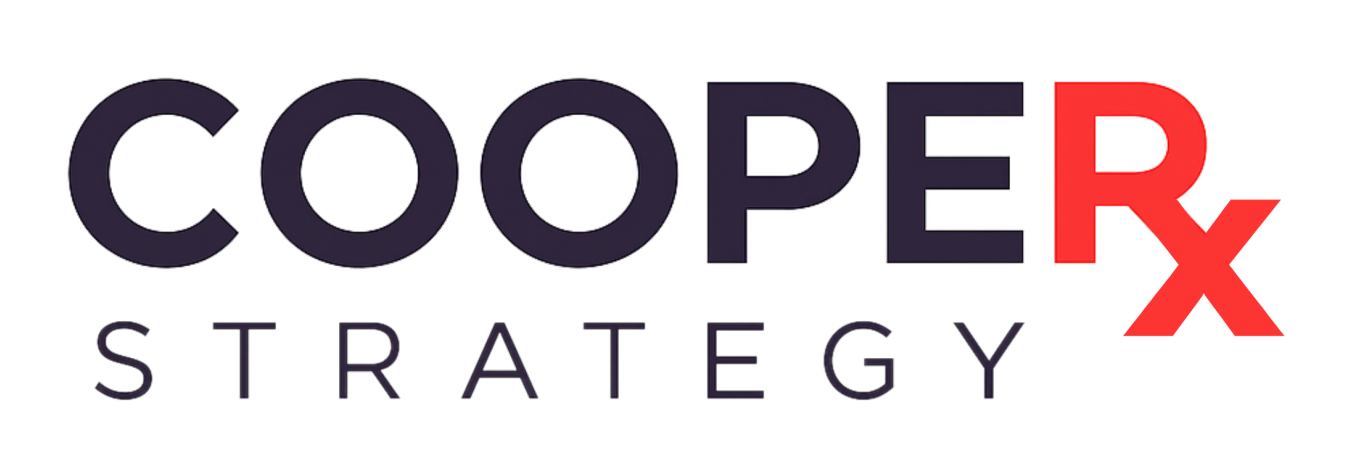When people think of the 340B Drug Pricing Program, they often picture hospitals and community health centers. But there’s another player just as important to the program’s success: pharmacies. Whether independent, chain, or specialty, pharmacies are on the front lines of ensuring patients receive affordable medications. Their role in dispensing, documenting, and partnering with covered entities makes them indispensable allies in strengthening the 340B ecosystem.
The Expanding Role of Pharmacies
Originally, 340B partnerships between covered entities and pharmacies were limited. Today, contract pharmacies are a cornerstone of the program. By collaborating with covered entities, pharmacies help extend the reach of 340B savings far beyond clinic walls. Patients can access medications where they live and work, rather than relying on a single in-house pharmacy.
For pharmacies, these partnerships create opportunities for growth. Additional prescription volume, stronger community ties, and alignment with local health initiatives all come as part of the 340B relationship. For patients, the benefit is simple: better access to affordable medications.
Common Challenges Pharmacies Face
Despite the opportunities, pharmacies often encounter hurdles when participating in 340B:
- Complex Contracting: Establishing agreements with covered entities can be time-consuming and filled with legal and regulatory nuances.
- Documentation Burden: Every prescription must meet strict eligibility requirements, and errors can result in compliance risks.
- Technology Gaps: Many pharmacies struggle to integrate data across different EHRs, TPAs, and dispensing systems.
- Audit Anxiety: With HRSA and manufacturers actively auditing, pharmacies can be exposed if records are incomplete or inconsistent.
These challenges are real — but they’re also solvable with the right guidance.
Building Stronger Pharmacy–Entity Partnerships
At the core of a successful 340B program is a strong, transparent partnership between pharmacies and covered entities. Trust and collaboration ensure that both sides benefit while staying compliant. Here are a few key ways to strengthen these relationships:
- Clear Communication – Pharmacies and covered entities should establish regular touchpoints to review program performance and compliance updates.
- Shared Documentation Standards – Aligning on how referrals, prescriptions, and dispensing records are documented reduces confusion and audit risk.
- Technology Integration – The more connected systems are, the easier it is to maintain transparency and accuracy across the partnership.
- Mutual Training – Both pharmacy staff and entity personnel should be trained on 340B processes so each side understands their responsibilities.
Case Study: Independent Pharmacy Success
An independent pharmacy in the Southeast wanted to grow but was struggling to navigate the complexities of 340B contracting. They had one covered entity relationship, but compliance reviews revealed documentation gaps that could lead to audit issues.
By engaging with Cooper Strategy, the pharmacy:
- Expanded its network to three covered entity partners.
- Standardized its workflows for eligibility verification and referral capture.
- Implemented reporting tools to track 340B performance in real time.
- Passed a manufacturer audit with no findings.
As a result, the pharmacy saw a 40% increase in prescription volume and generated new revenue to reinvest in staff and services. More importantly, the community benefited from easier access to affordable medications.
The Compliance Imperative
Pharmacies cannot afford to treat compliance as an afterthought. With increased oversight and manufacturer scrutiny, every prescription counts. Compliance-first practices are essential:
- Audit Preparedness – Pharmacies should maintain clear, accessible records that demonstrate 340B eligibility for every dispensed medication.
- Mock Audits – Conducting internal reviews helps identify weaknesses before they become findings.
- Policy Alignment – Written policies and procedures provide staff with a clear roadmap for daily operations.
By making compliance a built-in part of operations, pharmacies can protect themselves while maximizing the benefits of 340B partnerships.
Looking Ahead: Pharmacies and the Future of 340B
As the 340B landscape evolves, pharmacies will play an even greater role. Trends like specialty medications, telehealth, and expanded pharmacy services are reshaping how care is delivered. Pharmacies that adapt quickly — with stronger technology, transparent partnerships, and proactive compliance — will be the ones that thrive.
At the same time, regulators and policymakers continue to scrutinize the program. Pharmacies that can demonstrate both savings and impact will be well positioned to defend the value of 340B and sustain it for years to come.
Final Thoughts
Pharmacies are more than dispensers of medicine — they’re community partners, compliance stewards, and growth engines within the 340B ecosystem. By embracing best practices, building transparent relationships, and investing in compliance, pharmacies can not only strengthen their own operations but also expand access to care for the patients who need it most.
At Cooper Strategy, we help pharmacies navigate this complexity with confidence. From contracting to compliance, we provide the tools, training, and transparency needed to succeed. Because when pharmacies and covered entities work together effectively, entire communities benefit.
